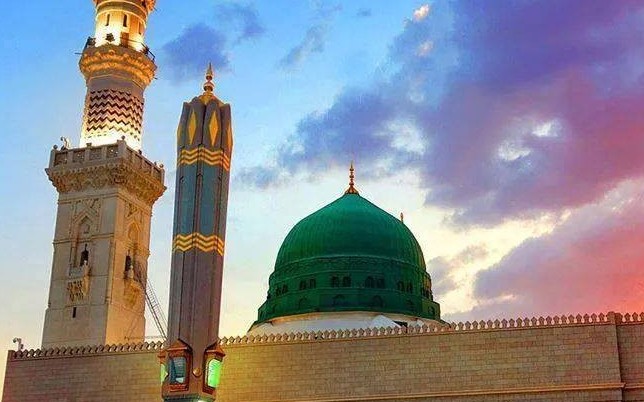The mosques built by the Muslim monarchs of India are more in number than can be enumerated by any historian. The grandees and provincial officials too built mosques in far off cities and towns and out of some are magnificent edifices built at considerable cost, but here we would give only a brief account of some of the principal mosques of the period.
Contents
Major Mosques During Muslim Period of India
Masjid Quwwat-ul-Islam
The first mosque founded at Delhi was masjid Qubbat-ul-islam or Quwwat-ul-islam. A part of its structure was raised in 1191, by Qutbuddin Aibak over the plinth of a decayed temple of Prithviraj.
After paying a visit to Gazni in 1195 Qutbuddin Aibak again took up the expansion of the mosque under the orders of Shahabuddin Ghori. The mosque was appreciably enlarged so as to provide space for thousands of worshippers.
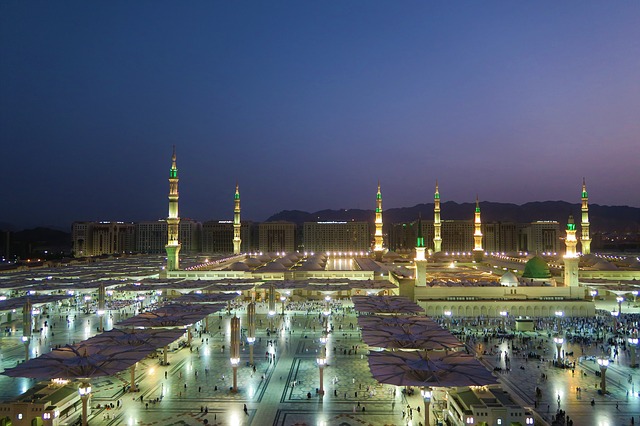
In 1230 Sultan Iltutmish further enlarged the mosque by throwing out wings of white sandstone to the main prayer chamber. The great Minar left incomplete by the side of the mosque by Qutbuddin Aibak was superbly brought to completion by Sultan Iltutmish which, known as Qutub Minar, still holds a pride of place among the archaeological monument of India.
After Alauddin Khilji ascended the throne, he took up a grandiose plan to enlarge the mosque and to erect another minaret but his death in 1315 put an end to his schemes. Masjid Quwwat-ul-lslam was seen by Muhammad ibn Batutah who has given the following description of it:
“It consists of a wide quadrangle with the walls, ceiling and floor of the prayer chamber built of ornately carved stones.
It has thirteen domed vaults and a pulpit, all constructed of stones, with four open quadrangles. In the middle of the mosque stands the massive stone pillar of impressive height.”1
Jama Masjid Firuz Shahi
The mosque was built by Firuz Shah in 1353 near the shrine of Khwaja Nizamuddin at Ghiyathpur.
According to certain historians the mosque was originally constructed by the two sons of Sultan Alauddin Khilji namely prince Khizr Khan and prince Shadi Khan in 1296.
Combining the charm of artistically carved red sandstones with vigour and straightforwardness of style, the mosque had three chambers surmounted by domes.
Sir Syed Ahmad Khan states that the dome of the mosque was in good condition during the reign of Jahangir.2
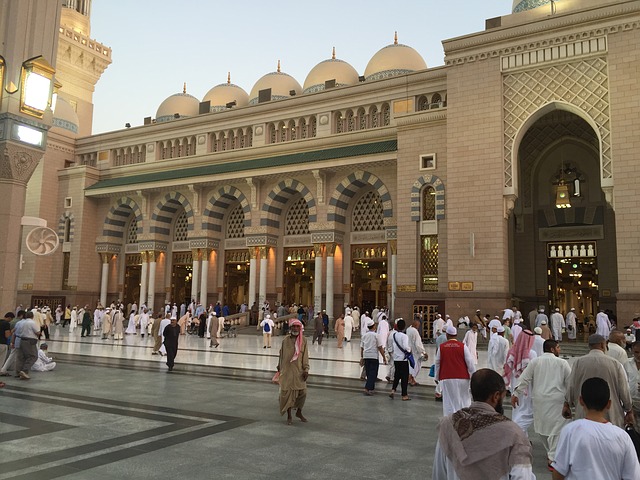
Jama Masjid Sikandar
It was built at Srinagar in 1354 by Sultan Sikandar Shah. The mosque, nobly planned to display dignity with beauty, was destroyed by fire. It was ordered to be rebuilt by Sultan Husain Shah.
After his death, his Prime Minister Ibrahim Makri saw the wish of his master executed in 1503. Jahangir, who saw the mosque, has paid a tribute to the superb workmanship of this mosque in his Memoirs.
Gulbarga Fort Mosque
It is a noteworthy piece of architecture modelled after the Cardova Mosque in Spain.
Built during the reign of Bahmani kings (it was built by Ahmad Shah in 1367 AD), it is of unique character as the whole of its area is covered by as many as 111 stilted domes. The central dome surmounting the main chamber is 75 feet (22.86 meters) high while the roof covering the entire area is 225 ft. (66.75 meters) by 168 ft. (21.21 meters).
The mosque has two doors, one on the northern side and the other on the eastern end. According to the author of Tarikh Bijapur six hundred thousand worshippers could offer prayers within this mosque.
Ahmadabad Mosque
A magnificent creation of Ahmad Shah of Gujarat, this mosque was built in 1414. The central chamber, excluding the northern and southern wings, had 352 graceful columns covering 210 feet (64 meters) in width and 59 feet (17.98 meters) in depth.
As stated in Mirat-i-Sikandari 3 the mosque had three impressive entrances and its two minarets (the minarets collapsed in the earthquake of 1819) rose to a height of 186 cubits.
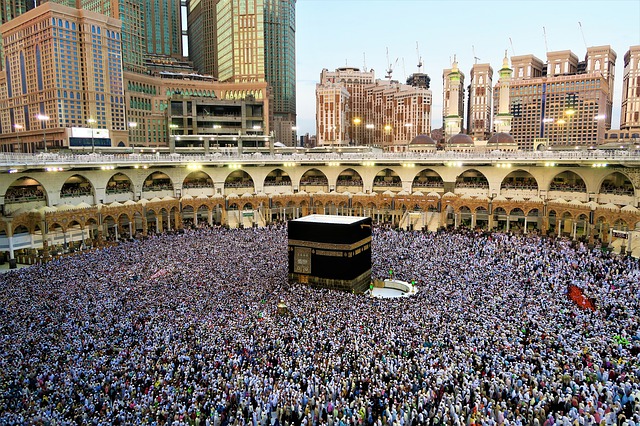
Atala Mosque
This mosque was built of sculptured stones by Sultan Ibrahim Sharqi on the site of a decayed temple (of Atala Devi).
The Sultan used to offer Friday and Eid prayers in this mosque which also served as the seminary of Qazi Shahabuddin of Daulatabad.
The mosque had long rows of chambers for the residence of students on either side of the mosque.
Jama Masjid, Jaunpur
In 1438 Sultan Ibrahim Sharqi laid foundation of another Jami Masjid which was brought to completion after his death by his successors, Mahmud Shah and Husain Shah.
This mosque too was erected of sculptured stones and completed in seven years at a huge cost.
The gigantic structure of the mosque towering starkly over the lofty plinth has hardly a peer so imposing in its proportions and so arresting in style.
The Ahmadabad Mosque
This mosque was built at Bidar by Ahmad Shah, the Bahmani King of Deccan, at a cost of two hundred thousand rupees.
According to Mukhtar-ul-Akhbar, the mosque measured 100 by 24 cubits, of which the covered portion, running north-south, was 17 cubits in length and 10 cubits in depth.4
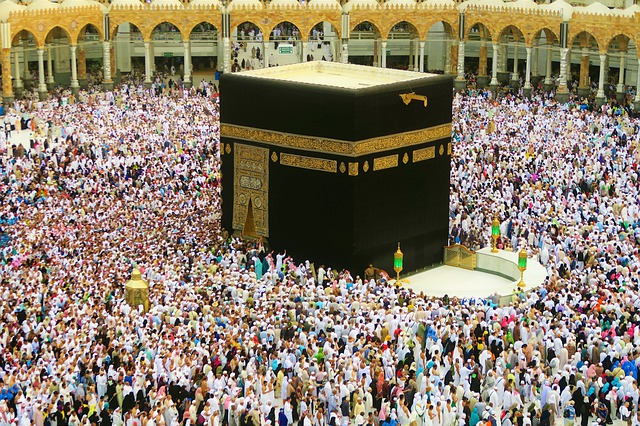
Jama Masjid, Mandu
Mahmud Shah Khilji, the Sultan of Malwa saw this mosque of exquisitely carved stones built at Mandu. Emperor Jahangir, who describes this mosque as charming in his Memoirs and says:
“It is believed that the Mosque was constructed by Haushang, but the truth is that although it was founded by him, Mahmud brought it to completion.”5
Bijapur Mosque
The mosque was constructed by Ali Adil Shah of Bijapur in 1577. It was a towering edifice with an imposing appearance having a large prayer chamber.
The arches of the mosque had been so designed that the voice of the pulpiteer (the person who delivers a sermon from the pulpit of the mosque) could be distinctly heard from the remotest corner of the chamber. The engineering skill of its designers baffled many a European architect.
The Kannauj Mosque
The mosque was built as stated in Gharabat Nigar 6 by Sultan Ibrahim Sharqi in 1406. It occupied a commanding site, believed to have been the place earlier occupied by an old and decayed temple.
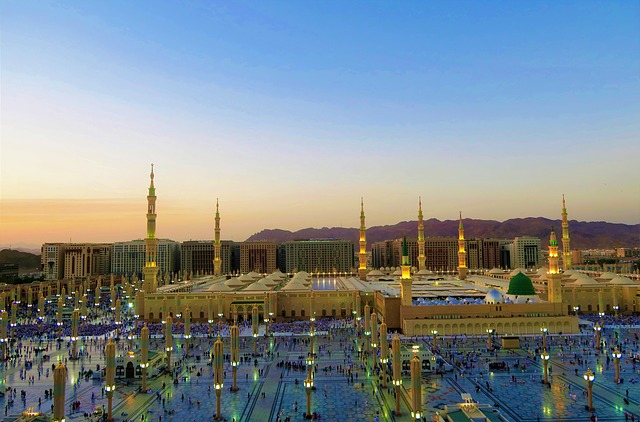
Jama Masjid, Etawah
It stands by the side of the river Jamuna. The mosque having been built by one of the kings of Sharqi dynasty is a replica of the Kannauj mosque.
Jama Masjid, Burhanpur
This mosque was constructed by Adil Shah IV, a monarch belonging to the Faruqi dynasty of Khandesh. The mosque enjoying an air of distinction was built in the year 1564.
Babri Masjid
Babri Masjid was constructed at Ayodhya (Faizabad) in 1517. Hindus have falsely claimed to be built by destroying a temple of Ram which they also claim to be the place where Ram is reported to have been born.
Mecca Mosque
The construction of this mosque was started in 1614 by Muhammad Qutb Shah. He spent 20,000 Huns on the mosque which he called Bait-ul-Atiq, but he did not live long to see it completed.
Abdullah Qutb Shah and Abul Hasan Tana Shah renewed the construction of the mosque but it was ultimately brought to completion in 1686 by Aurangzeb Alamgir who re-named it as Mecca Masjid.
The author of Hadiqat-ul-Alam who has given these details, states that the mosque rising to a height of 49 cubits, measured 70 by 43 cubits.7
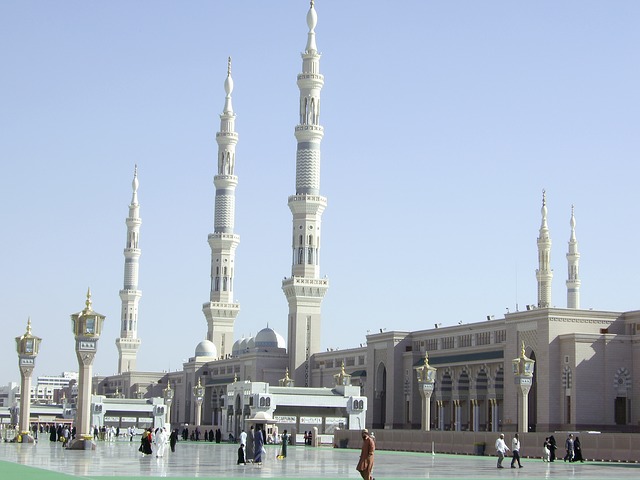
Jama Masjid, Delhi
It was built by Shahjahan as a part of the scheme of his new capital of Shahjahanabad and it took six years to be completed at an expenditure of several hundred thousand rupees.
The Mosque was built on a lofty mound at a distance of one thousand cubits to the west of the Red Fort.
Red sandstone has been used in the construction of the courtyard, walls, ceilings, floor, cloisters around the three sides and four smaller domes at the angles but white marble joined by molten lead goes to make the frontispiece arches and the three lofty domes surmounting the main sanctuary.
The two impressive tapering minarets crowned by marble pavilions and smaller domes, the three huge gateways on the northern, southern and eastern wings, the tank in the mid-courtyard and the white and black inlaid inscriptions of the Quranic verses around the arches and the minarets produce a pleasing grandeur and elegance that cannot be found in any structure elsewhere.
Moti Masjid, Agra
The mosque within the Agra Fort, was erected by Shahjahan in seven years at a cost of rupees thirteen lakhs.
This mosque of white marble has an elevated basement, three vaults of 9 cubits circumference, three arcades forming the sanctuary covered by six smaller octagonal domes of 4 cubits diameter each and three bulbous domes.
The mosque measures 148′ 10″ by 56 feet excluding the courtyard. The main hall is raised on a platform of about one cubit above the courtyard while the two minarets, 3.5 cubits in diameter rise to a height of 170 cubits.
A perforated screen of black marble graces the frontispiece, a tank in the courtyard provides facility for performing ablution while the white marble cloisters on the three sides with impressive gates impart it a spirit of peace and beauty.
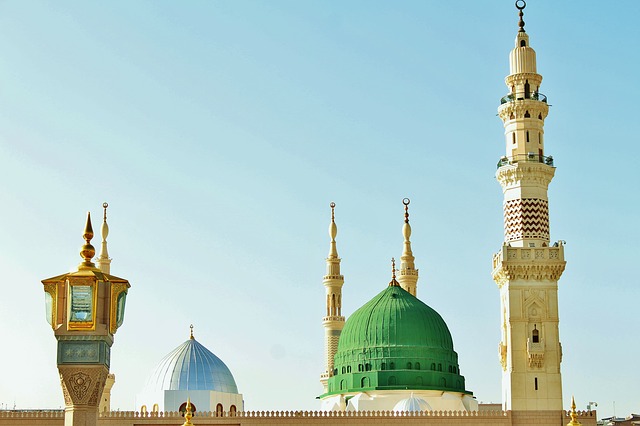
Ajmer Mosque
The mosque was constructed by Shahjahan as a part of the shrine of Khwaja Moinuddin Chishti.
A flawless structure of white marble, the sanctuary of the mosque is 55 cubits in length and 10 cubits in width while its courtyard measures 70 by 14 cubits.
The edict for the construction of this mosque was issued by the Emperor in 1627.
Agra Mosque
This mosque was got constructed by Jahanara, the daughter of Shahjahan, outside the Agra fort.
The mosque was built of red sandstone and as stated in Badshahnamah, it was completed at a cost of half a million rupees.
Masjid Fatehpuri
This mosque at Delhi was constructed in 1650 by Nawab Fatehpuri Begum, one of the queens of Shahjahan. The mosque measuring 45 by 22 yards (41.148 by 20.111 meters) has a white marble floor while the structure is of red sandstone.8

Masjid Wazir Khan
The mosque was built at Lahore during the reign of Shahjahan by Hakim Alimuddin Chinauti alias Wazir Khan, the governor of Lahore. This architectural monument of surpassing beauty is still in good condition and used for congregational prayers.
Moti Masjid, Delhi
Under the orders of Aurangzeb this mosque was constructed within the Red Fort between Daulat Khana and Bagh Hayat Bakhsh in order to enable the Emperor to perform the five daily prayers with the congregation.
A remarkable house of prayer, it looks like a pearl on account of the flawless quality of marble used in its construction with consummate skill.
The mosque was constructed at a cost of one lakh and sixty thousand rupees in five years.
Alamgiri Masjid, Lahore
A red stone and marble structure combining virility with elegance and purity of style, it was built by Aurangzeb at a cost of five lakh rupees. The mosque is known as Shahi Masjid of Lahore.
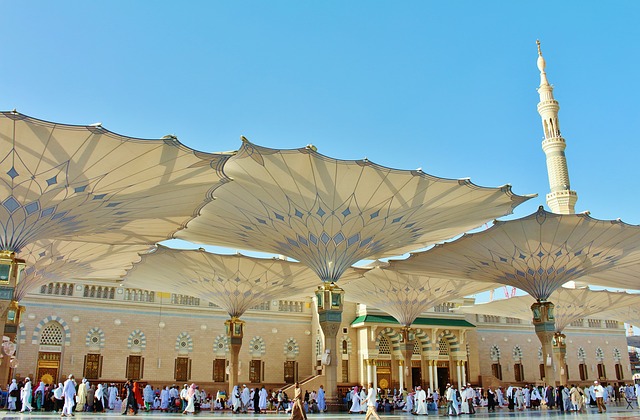
Alamgiri Masjid, Banaras
This mosque is reported to have been built by Aurangzeb on the site of Visheshvara temple, which lay in ruins, with the material of demolished temple. It is one of the famous mosques of India.
Another mosque constructed by Aurangzeb at Banaras is located on the bank of the river Ganges.
Its 28 minarets rising in slender prettiness to a height of 142 feet (43.28 meters) dominate the city. Originally the minarets were 50 feet higher but were shortened later on. 9
Alamgiri Mosque, Mathura
This mosque of Aurangzeb is also reported to be standing over the ruins of Govind Das temple at Mathura.
The principal feature of this mosque is its beautiful design blended with solemn grandeur and strength.
Masjid Adhuni, Deccan
Nawab Masud Khan got this mosque constructed in 1665 at a cost of two lakh rupees. Artistically carved stones used in the construction of the mosque produce an extremely pleasing effect.
The year of its construction has been calculated by adding the powers of the letters of the Quranic verse which says, “So turn thy face towards the Sacred Mosque”.
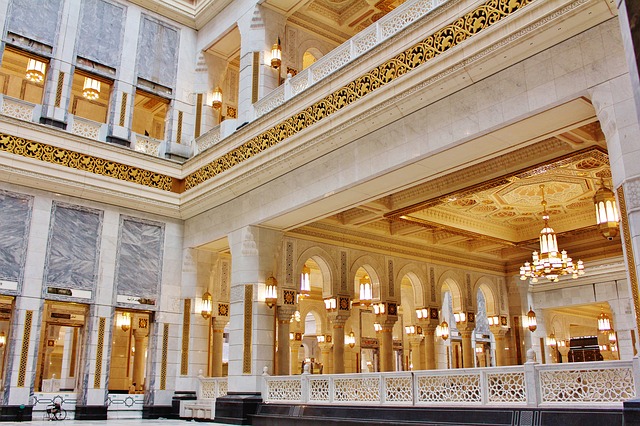
Moti Masjid, Delhi
There is another Moti Masjid at Delhi near the shrine of Sheikh Bakhtiyaruddin Kaki, the famous mystic sheikh.
It was built by Shah Alam, son of Aurangzeb, in 1709. White marble enriched by gracefully inlaid margin of black marble used in the construction of this mosque produces an extremely pleasing effect.
Zinatul Masajid
Nawab Zinat-un-Nisa, a daughter of Aurangzeb saw this mosque built by the side of the river Jamuna in 1719.
It is an impressive edifice made of red sandstone while the three domes crowning the prayer chamber are of chaste white marble with an inlaid border of black marble. The spacious courtyard of the mosque accommodates a tank and the tomb of its founder.
Sunehri Masjid, Delhi
Roshan-ud-Daula Zafar Khan built this mosque in 1721 during the reign of Muhammad Shah.
As the three domes and turrets of the mosque had been coated with gold, it was given the name of Sunehri Masjid or Golden Mosque.
Sunehri Masjid, Lahore
Roshan-ud-Daula built another mosque at Lahore on the pattern of Sunehri Masjid of Delhi. It too had gold coated domes.
Sunehri Masjid, Delhi
Another golden mosque taking its name from the golden domes of its minarets was constructed of brilliant white coloured stone by Nawab Jawed Khan during the reign of Ahmad Shah.
References
- Ibn Batutah. Vol. II, p. 16
- Athar-us-Sanadid, p. 198.
- Sikandar b. Muhammad, Mirat-i-Sikandari, (Baroda, 1961), p. 38
- Syad Asadullah, Mukhtar-ul-Akhbar (Gulbarga, 1294 AH), p. 224
- Jahangir, Tuzuk-i-Jahangiri (Aligarh, 1864), p. 189.
- Abdul Haq, Gharabat Nigar (Delhi, 1876), p. 36
- Mir Alam, Hadiqat-ul-Alam (Hyderabad, 1309 A. H), Vol. I, p. 284
- Athar-us-Sanadid, p. 284
- Distt. Gazetteer. Banaras, Vol. XXVI (1922), p. 245.

